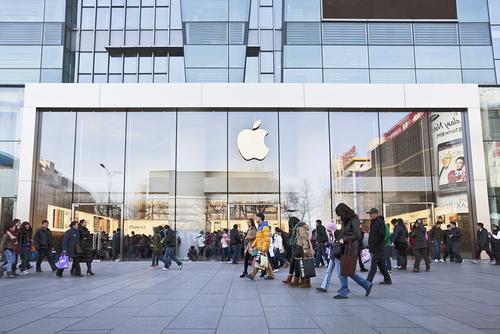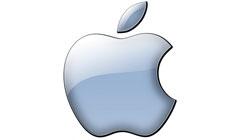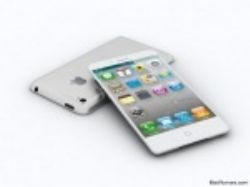Apple In Decline? Probably Not.
It’s cool to bash Apple these days. With Reuters and The Wall Street Journal reporting cuts in iPhone components orders and slowdowns in iPad screen manufacturing, any number of tech pundits have leapt aboard an “Apple in decline” bandwagon. Over the past several weeks, the company’s stock has declined steadily from its all-time highs; its biggest rival, Samsung, recently reported sales of 100 million Galaxy S smartphones—impressive for any iPhone competitor. “Apple has gone from being a sure-thing rocketship to a train wreck, as far as stocks are concerned,” Business Insider’s Jay Yarow wrote in a Jan. 15 column. “It’s hard to totally fool the market. Something is amiss with the company.” Other pundits (most notably Daring Fireball’s John Gruber) have pushed back against that wave, even questioning the Journal’s original story about the cuts in iPhone orders. However the current narrative evolves, it’s helpful to remember that Apple remains an enormous company with enviable sales—and that even under Steve Jobs (whose reign has become ever-more-venerated by the mainstream press in the year-and-change since his death), not every product or initiative was a blockbuster. Here are some of Apple’s most famous product “train wrecks,” none of which exactly brought the company to its knees: Apple Lisa: Released in 1983, the Apple Lisa (officially, the name was an acronym for Local Integrated System Architecture, although Jobs later told biographer Walter Isaacson it was named for his daughter) was intended as a cutting-edge device for the business community. However, its high price limited it to a much smaller audience, effectively killing it in the crib. While the crash-and-burn of flagship machine might spell doom for a company, Apple’s fortunes lifted with the release of the cheaper Macintosh in 1984. Attack of the Clones: Apple licensed an official Macintosh clone program in the 1990s, ahead of Jobs’ return from exile. That not only robbed Apple of revenue and profits from manufacturing its own hardware in-house—it allowed third-party manufacturers to load Apple system software onto inferior products. Jobs dumped the program as part of the company’s broader turnaround. PowerMac G4 Cube: It was every inch an Apple product: compact, chic, and shiny. But the PowerMac G4 Cube’s high sticker price (aggravated by its lack of a monitor) doomed this famous piece of industrial design: while the Cube ended up in the New York Museum of Modern Art’s permanent collection, it didn’t exactly fill computer labs and offices. Newton: A portable digital assistant, Newton had its die-hard fans. But that didn’t stop Jobs from killing the project upon his return to Apple in the late 1990s. Despite a certain level of fame, Newton devices failed to become ubiquitous; it wasn’t until the launch of the iPhone and iOS that Apple truly became a powerhouse in the handheld arena. iPod Photo: Although the iPod line proved a game-changing hit for Apple, not all versions of the device succeeded in the marketplace. The iPod Photo, launched in 2004, attempted to bring more multimedia functionality to the classic iPod; for example, you could connect the device to a television or projection in order to display photo slideshows. By 2005, however, Apple had merged the iPod Photo (renamed “iPod photo”) line with the broader iPod line; it was only two years later, with the first-generation iPod Touch, that Apple released an iPod with a full suite of multimedia capabilities (including a camera aperture). MobileMe: On paper, MobileMe sounded like a surefire hit: a cloud repository for documents, pictures, videos, and other media. But a number of bugs resulted in negative reviews of the project—leading Jobs to gather the MobileMe team at Apple headquarters and verbally berate them before firing the project leader. With Apple’s rivals rushing to offer cloud services, the company launched a second effort, which cumulated with the release of iCloud. Apple TV: Apple executives routinely call Apple TV, a set-top box for streaming digital content to televisions, a “hobby.” While Apple TV managed to sell more than five million units by the end of 2012, that’s nothing compared to the sales numbers routinely posted by the iPhone and iPad. That raises the question: will Apple continue to maintain Apple TV as a sideline—or double down on the market with a full-fledged television set? Image: TonyV3112/Shutterstock.com



